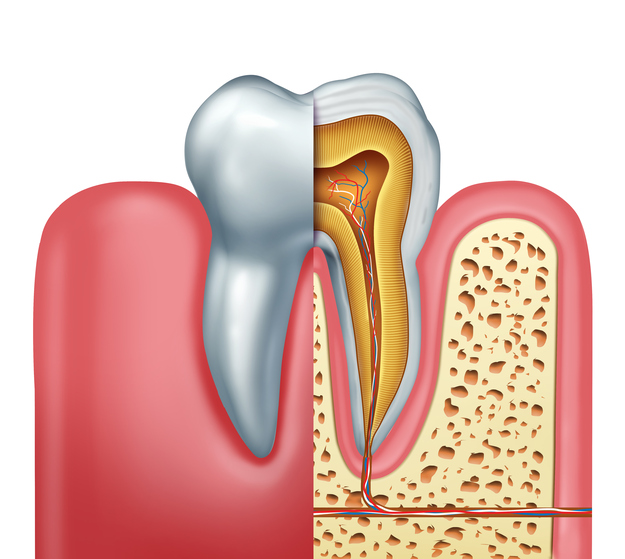
Without treatment, the infection deep within a tooth will spread and can lead to pain and inflammation.
Make an Appointment
A root canal is often recommended when a tooth has become severely infected. Root canals are designed to save a tooth from extraction. Root canals often receive a bad rap related to pain and the intensity of the procedure. However, modern technology has made it possible to reduce the time it takes for the procedure to be finished. Patients often feel relief soon after the procedure is finished. If you need root canals in Independence, MO, it is important to select a dentist with the right training and experience in performing the procedure.
Root canals are needed when there is an infection deep within the tooth. Sometimes they occur when a filling has been placed deep within the tooth, and the filling has failed, or additional decay has corrupted the tooth around the filling. Without treatment, the infection will spread and can lead to pain and inflammation.
There are certain signs that indicate a tooth is in need of a root canal. Patients normally deal with stabbing or shooting pain throughout the tooth. A tooth that is beginning to die normally is sensitive to heat or cold. Chewing or touching the tooth can hurt. If you notice a pocket of pus around the tooth, or pus comes out of the gums when you chew, it normally indicates the tooth needs a root canal. However, some patients do not experience any signs or symptoms and it is identified as a tooth in need of a root canal based on dental x-rays.
When a tooth has become infected, it needs a root canal to save it or it will continue to spread infection to the jawbone. Patients are faced with the decision to keep the tooth via root canal, or to have the tooth extracted. Tooth extraction is considered the most invasive dental procedure as it does involve complete removal of a tooth. A root canal allows patients to keep their teeth, thereby preserving their smiles and preventing issues with shifting teeth, chewing problems, and speech issues.
If a patient needs a root canal, the area around the tooth will be numbed, and additional anesthesia is used to numb deeply into the root. If the root canal is an upper tooth, anesthesia will need to be administered in the roof of the mouth. The anesthesia pinch on the roof of the mouth can be painful. The patients in need of root canals with teeth that include multiple canals (molars) normally take longer for a dentist to treat to ensure all the pulp is removed.
Once the dentist is sure the tooth and nerves are numb, the next step is to use a dental dam to isolate the tooth from other teeth. Small tools will be used to open the tooth and begin removing the nerve of the tooth. Patients normally hear a lot of noise as small files are used to clear out the damaged and diseased pulp from the tooth. As the pulp is removed, the dentist will irrigate the root of the tooth to clean the tooth and wash away remaining pulp.
As the chamber is cleaned, the dentist will fill it. Using a rubber-like material the dentist will close the opening and place a small temporary filling over it. Some dentists will place a temporary crown on the tooth the same day while others wait a few months to place a crown over the tooth.
Root canal recovery is normally easy, as most patients feel better after the root canal is completed than before when they were dealing with infection. It is important to follow post-operative treatments, which normally includes rest, mild painkillers, and soft foods for a few days.
Root canals results vary by patient, but the majority of patients do not experience additional problems with the tooth following the procedure and the dental crown. Some patients have needed re-treatment for a root canal that fails due to infection left inside the tooth, or due to new infection that started eating away at the enamel of a tooth covered by the crown. Dealing with a failed root canal is rare when patients focus on proper brushing, flossing, and healthy eating.
Dental Excellence is here to help patients with all their root canal needs. We want to help alleviate pain while also saving your teeth! We provide treatment for patients in Blue Springs, MO, Lee’s Summit, MO, and Independence, MO. Contact us today to schedule an appointment.